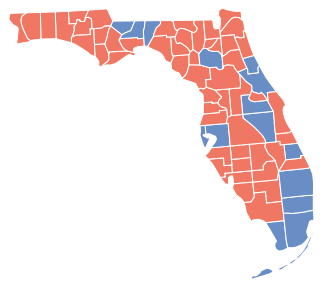Some of the Obama’s more incoherent detractors have labeled his health care plan as “socialized medicine.” It is assumed, naturally, that socialism is Bad (with a big B).
While socialism may be less effective in many industries and fields (just look at the Soviet Union’s fate, after all), the insurance industry as a whole is rather different. Think for a moment – how is capitalism supposed to work? The company that makes the most profit wins. Companies make profit by selling goods and services to consumers; the better the product, the more consumers buy it, the more money said company makes, and the more effort said company puts into making an even better product. Society as a whole benefits from this invisible hand.
With insurance, on the other hand, companies don’t make profit by selling consumers the best product. Instead, they make money by denying insurance claims from consumers. The incentive is perverted; the insurance company that does the best denies the most claims. And because one has to begin with a lot of preexisting money to start an insurance company, it is very difficult for competition to emerge. Meanwhile, the customer is trying to make insurance companies pay for something (a medical crisis, for instance) he or she could not afford on his or her own. It is as if both sides are continually trying to rob the other.

Obviously, this is Bad (with a big B) for society.

